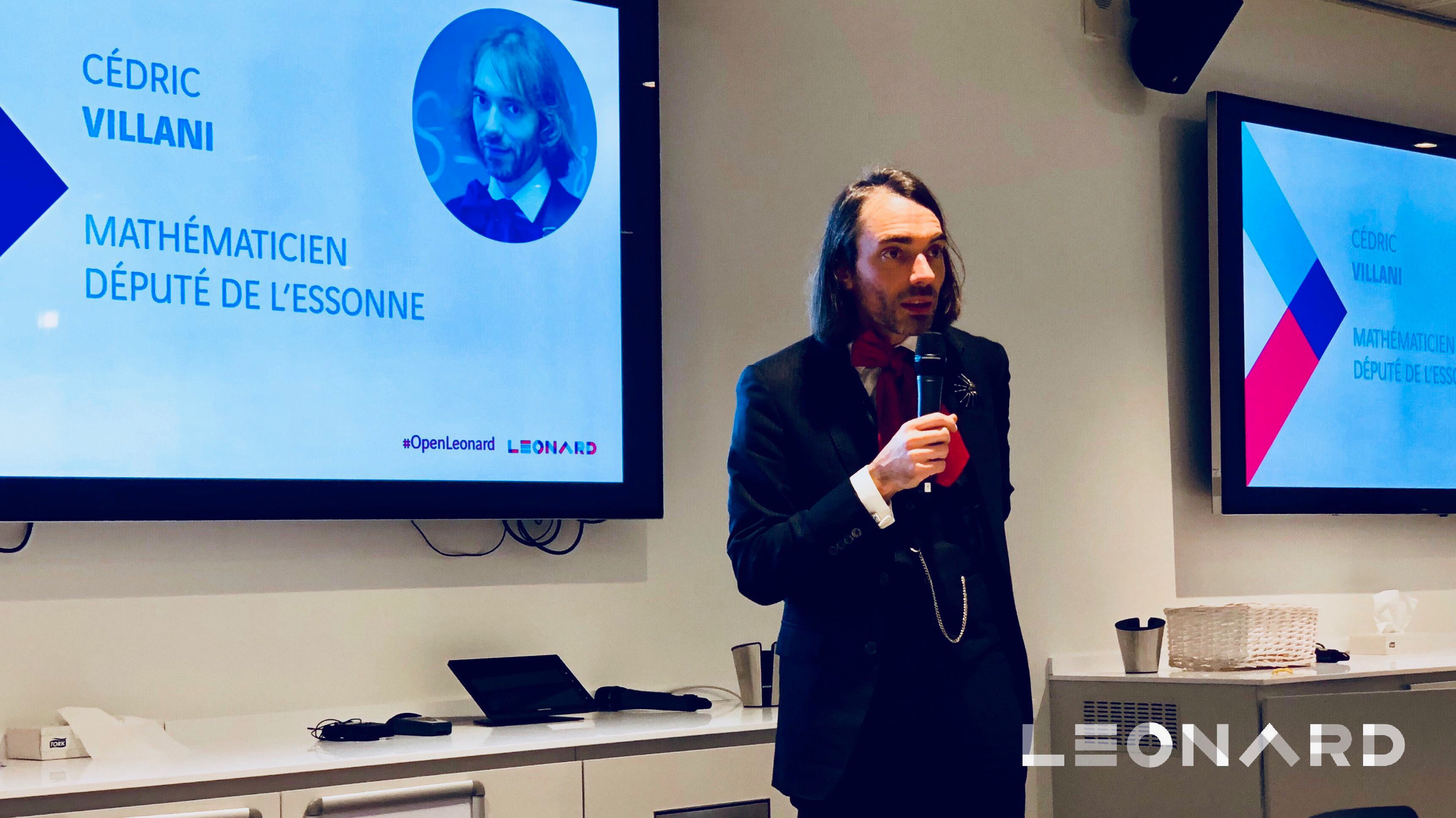
Last September, the French Prime Minister assigned Cédric Villani the task of writing a report on artificial intelligence (AI). Over the past four months, he has carried out numerous trips and meetings in Europe and worldwide to truly understand the full extent of his new research topic. And the end result? The government task force leader found that AI has penetrated everywhere. “It’s something that is often found where we least expect it,” he explained at a conference exploring the impact of AI on the cities and infrastructures of tomorrow, organized by Leonard at the GE Digital Foundry. “AI is at the center of all discussions concerning the economy, business, science, the environment, administration and culture.” The government is due to reveal its AI strategy on 29th March, corresponding with the release of Cédric Villani’s report.
It’s not that surprising to find AI behind the scenes in cities, buildings and infrastructures, where its impact can be felt throughout the whole construction industry, from the design phase right up until a building is up and running. “This is no longer a fantasy,” forewarned the director of Leonard, Philippe Dewost, in his introductory remarks. The list of practical examples is growing: from a 3D printing tool capable of creating complex and often puzzling structures in concrete without the need for humans (Xtree), to driverless trucks (Royal and Kratos), autonomous car parking optimization technology (Stanley Robotics), and smart street lights installed by GE in San Diego and Jacksonville.
First applications are already here: Olivier Genelot, Brand Director of Axians (VINCI Energies) and leader of Leonard’s AI working group, introduced two projects.
David Jardim, Associate Specialist from Axians Portugal, presented Helix Nebula, a project using image recognition to detect corrosion on electric pylons.
The 2,700 miles’ worth of highways operated by VINCI Autoroutes also take advantage on AI on their highways in France. “AI has currently shown to have a great effect on toll collection and traffic management, and there’s future potential too,” explains Paul Maarek, the Chairman of the board, VINCI Autoroutes’ Escota network. “Today, in 99% of cases, our image-recognition software is able to identify and classify in real time vehicles at a toll booth (motorbikes, caravans, ambulance, trucks…), and also detect stationed vehicles and pedestrians on the network.” Incidentally, AI’s next safety plan challenge will be to interpret images regardless of the definition, in order to automate warning signals in the event of a vehicle driving against the flow of traffic.
However, with the arrival of AI in our everyday life, we now question the place for human intelligence in areas where machines excel. Director of HUB France IA, an organization that groups AI players, Nathanaël Ackerman reminds us that “artificial intelligence outperform humans on specific tasks.” Machines eventually replacing humans in many jobs, is it really conceivable? “The question now surfacing is the division of tasks between humans and programs,” replies Philippe Dewost. “In the construction industry, the issues that arise assume intuition and common sense, but the solution can also be provided by data that AI is capable of processing and interpreting. If machines are the ones making the decisions, the other question we might ask is: who is responsible? It would mean going through all the data to try and understand why a machine interpreted it in such a way. It’s something that the insurance industry is already looking into….”
En direct #IA, ville, infrastructures et territoires avec @pdewost @N_ACKERMAN @VillaniCedric @paulMrk #OpenLeonard https://t.co/RBrPOdiEdD
— Leonard (@WeAreLeonard) 12 février 2018